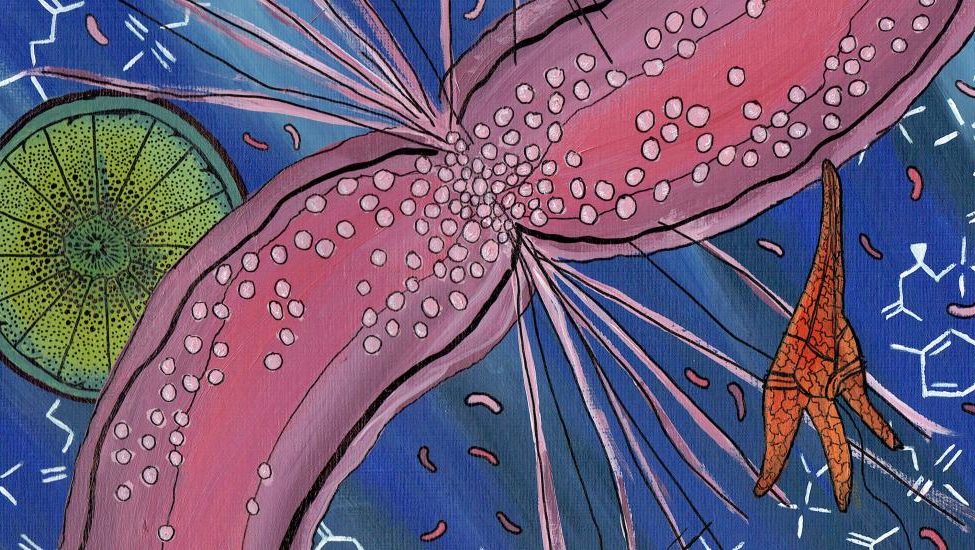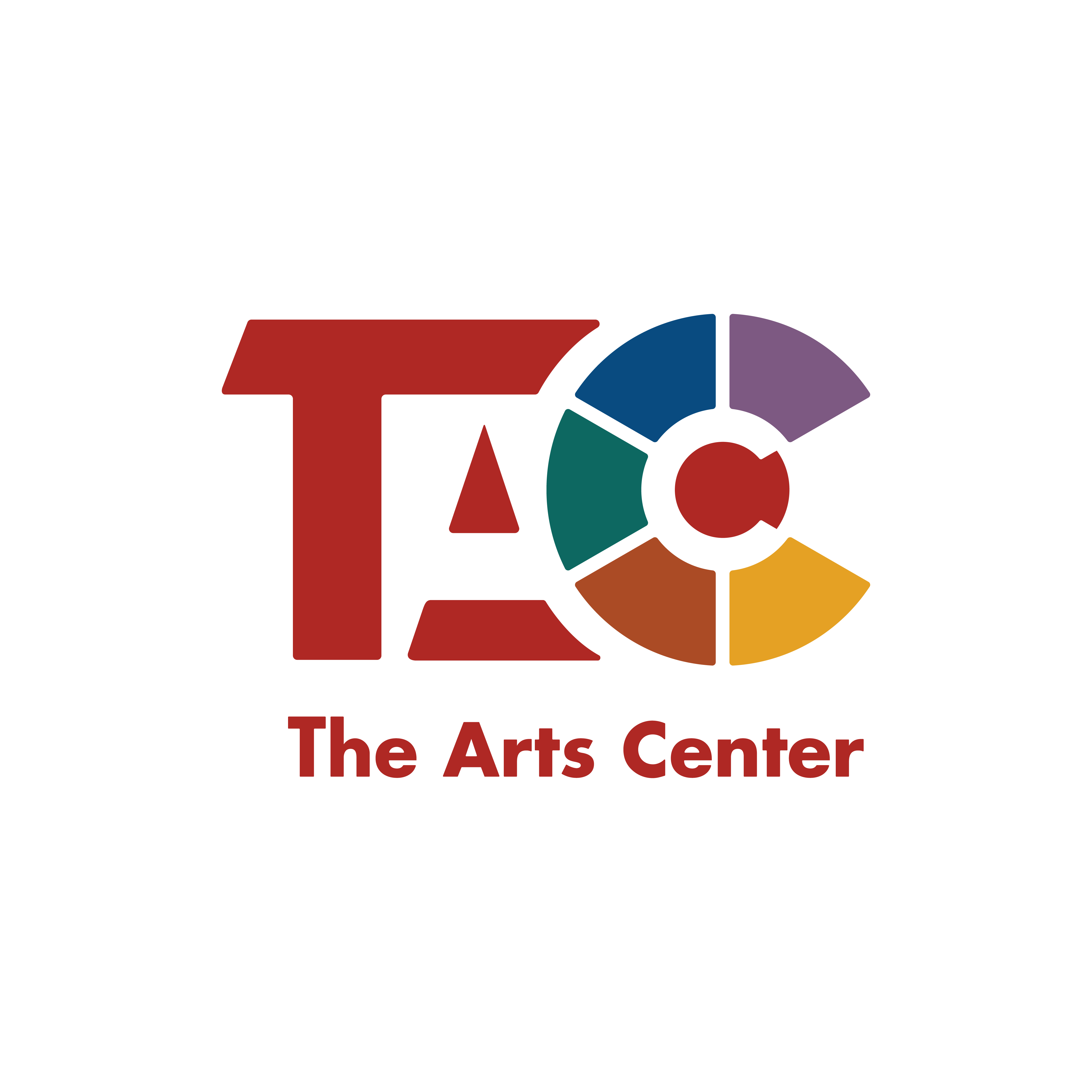
Natalie’s Blog
Microbiomes: TO SEE THE UNSEEN
Connecting the Dots between Microbiology and Art
Historically, Science and art have had a strong relationship. As early as the Renaissance, Leonardo da Vinci created art inspired by science, and his science was inspired by art. It is not until recently that art and science have been polarized, a polarization that stifles discovery in both fields.
To foster the creativity, inventiveness, and curiosity needed for scientific discovery and artistic exploration, OSU has sponsored SPARK, a year-long celebration of art and science, with events all across campus and throughout Corvallis.
As a part of SPARK, The Art Center’s To See the Unseen is a collaboration between the OSU Department of Microbiology and artists from across Oregon, working together to better understand and visualize what occurs around us and within us at a microbial level. This exhibit will include artwork, poetry readings, and musical performances all inspired by microbiology.
Why Microbiology?
Microbiology is a field that deals with any microorganisms. A microbiome refers to all the microorganisms in a particular environment, though the human gut is the most commonly researched microbiome. I recently had the opportunity to sit down and talk with Dr. Jerri Bartholomew, professor of microbiology at OSU and one of the organizers of To See the Unseen.
When I asked Dr. Bartholomew about why the focus of this show is the microbiome, she explained, “Microbiomes was the topic that we selected for a couple different reasons. It’s really topical right now. All you have to do is google microbiome, and you’re going to see all kinds of things on human health, and microbiomes of coral, and microbiomes of the air, and microbiomes of your office.”
As Dr. Bartholomew demonstrates, microbiology is a vast field. This topic is left intentionally broad, allowing artists to explore whatever aspects of microbiology are most enlightening to their artwork. Microbiology also touches everybody’s lives, whether it be the microbiome of your own gut, the trees around you, or your pet cat.
At OSU alone researchers are studying a range of topics, like:
- Microbiomes of coral reefs
- A plankton that could impact global warming
- The dangers of antibacterial soap
These are only a few projects, among many at OSU, that have heightened our understanding of the environment and the microbiomes that make up the environment. To learn more about the intersection of microbiology and art, view this list of websites compiled by OSU’s Department of Microbiology.
Collaborative Discovery
Microbiologists work in the realm of the unseen. The microorganisms they study can only be observed through microscopes, and while this work is invisible, the artwork in To See the Unseen, works to make these microorganisms visible.
OSU’s microbiology program has been collaborating with artists in preparation for the art show, inspiring artists with their expertise, through a series of workshops starting in the summer of 2016. These workshops were open to any artist and included talks from current microbiology graduate students at OSU, as well as hands-on work in the lab. In addition to lab tours, artists got to paint with pigmented bacteria on streak plates. Artists were also provided with petri dishes and instructed to culture anything they are interested in and later got to view what grew from their samples.
“They might culture a body, their tongue, their wrist, their hands, their dog’s dish, whatever they want. So we’ve got some really creative things they were looking at,” explains Dr. Bartholomew.
These activities have inspired ideas and connections to artists’ own work. Through this collaboration, artists will be able to illustrate the unseen work of OSU microbiologists. The participating artists are now busy at work, extending their research and creating their depictions of microbiology.
Mark Your Calendars!
Regardless of your background, there will be something to learn from attending the exhibit. So mark your calendars for April 13 – May 27, 2017 to see what these artists create and learn more about the microbiome.
If you are an artist and interested in submitting, please respond to the call to artists by December 1. Along with the show will be a catalogue of work from all the contributing artists. This catalogue will include creative writing along with the artwork. If you are interested in submitting your writing, please see details here, and be sure to submit your writing by December 1.
And don’t forget to tune in to this blog for updates on the exhibit and to learn more about the work of Oregon artists and microbiologists!
